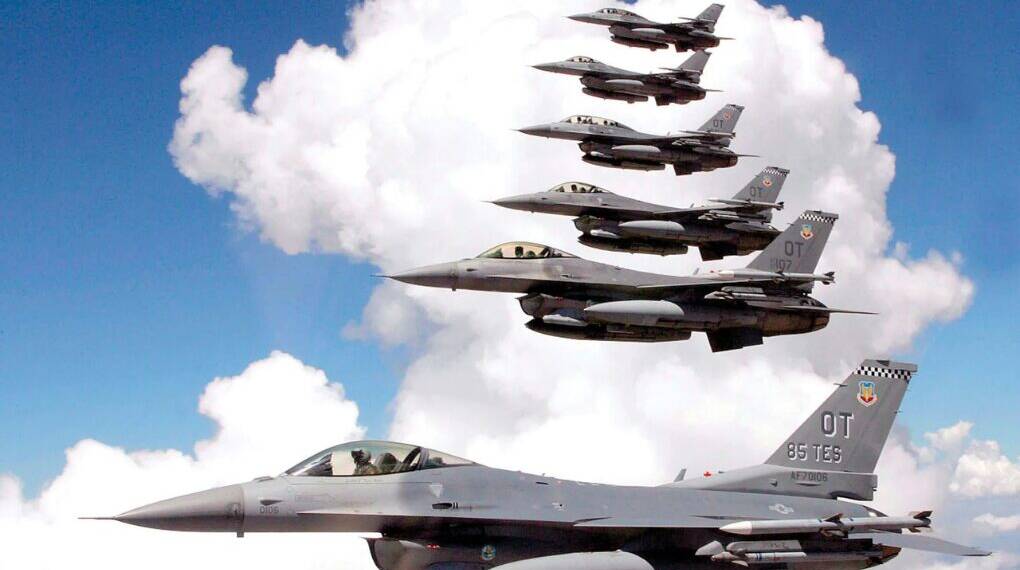In his first comprehensive public account of the May 7 air campaign known as Operation Sindoor, Indian Air Force (IAF) Chief Air Chief Marshal Amar Preet Singh confirmed that Indian forces shot down five Pakistani fighter jets and one large airborne surveillance aircraft — marking what he called “the largest-ever recorded surface-to-air kill” at a range of roughly 300 kilometres.
The disclosure, made during the 16th Air Chief Marshal L. M. Katre Memorial Lecture in Bengaluru, provided unprecedented detail on the scope, targets, and strategic outcomes of the operation. Singh described the mission as a decisive, high-technology air campaign aimed at crippling Pakistan’s air defence and offensive capabilities in the wake of the April 22 Pahalgam terror attack, which killed 26 civilians.
“We have at least five confirmed kills and one large aircraft… taken out from a distance of about 300 km — the largest ever recorded surface-to-air kill that we can talk about,” Singh told the audience.
Precision Strikes on Key Assets
Singh said the IAF struck multiple high-value Pakistani Air Force (PAF) targets with “pinpoint accuracy,” inflicting significant damage on both operational assets and infrastructure. The most notable strike was at Shahbaz Jacobabad airfield, a hub for Pakistan’s US-built F-16 fleet, where a hangar was partially destroyed and aircraft inside were “likely damaged.”
Other confirmed targets included:
Two command and control centres at Murid and Chaklala
Six radar installations of varying sizes
Multiple airfields, including Sargodha, Noor Khan, Rahim Yar Khan, and Bholari
One AEW&C aircraft was destroyed in its hangar
Several F-16s are undergoing maintenance at Jacobabad
In addition, Bahawalpur — headquarters of the Jaish-e-Mohammed (JeM) militant group — was struck with precision munitions. Singh noted that the strike caused minimal collateral damage, with adjacent civilian areas largely untouched.
“We could verify the impact through both satellite pictures and local media imagery,” Singh said, underscoring the careful targeting process.
S-400: The Decisive Factor
The IAF chief credited the Russian-built S-400 Triumf air defence system with fundamentally shaping the battle’s outcome. Its long-range engagement capabilities prevented PAF aircraft from getting close enough to launch long-range glide bombs or precision-guided munitions.
“The S-400 has been a game-changer. Its range has kept their aircraft away from their weapons. They have not been able to use those systems because they could not penetrate our defences,” Singh explained.
He stressed that the S-400 not only neutralised immediate aerial threats but also imposed a psychological cost on Pakistan’s forces, forcing them to rethink their ability to sustain offensive sorties.
Neutralising Unmanned Threats
Singh confirmed that several Pakistani unmanned aerial vehicles (UAVs) and drones were destroyed during the operation. Some had launched missiles that landed inside Indian territory. Forensic teams retrieved the wreckage, enabling analysts to trace their origin, flight paths, and technological specifications.
Strategic Impact
Operation Sindoor lasted between 80 and 90 hours but left Pakistan’s air defence network in a severely degraded state. According to Singh, the rapid pace of attrition forced Pakistan’s leadership to understand “the heavy price of escalation.”
“It was clear to them that if they continued, they would pay more and more,” he said.
Singh dismissed political claims that the IAF’s operations were constrained by restrictive rules of engagement, stressing that the force had full operational autonomy.
Global Reactions and Diplomatic Undercurrents
The announcement follows weeks of diplomatic back-and-forth over the conflict. US President Donald Trump claimed in May that Pakistan lost five jets and that his administration’s trade talks helped broker a ceasefire — a claim New Delhi has repeatedly rejected. India maintains that no third-party mediation occurred.
The operation’s emphasis on the S-400 also comes amid US criticism of India’s purchase of Russian defence systems. Analysts see Singh’s public praise for the system as a clear assertion of India’s strategic independence.
A Case Study in Modern Air Warfare
Military analysts are already calling Operation Sindoor one of the most strategically significant air campaigns in South Asia in decades. The operation demonstrated the integration of real-time intelligence, long-range precision strikes, and layered air defence — all while avoiding uncontrolled escalation between two nuclear-armed neighbours.
As Singh concluded in his lecture:
“The message was clear — India’s air power is ready not only to defend our skies but to strike deep with precision and resolve.”








